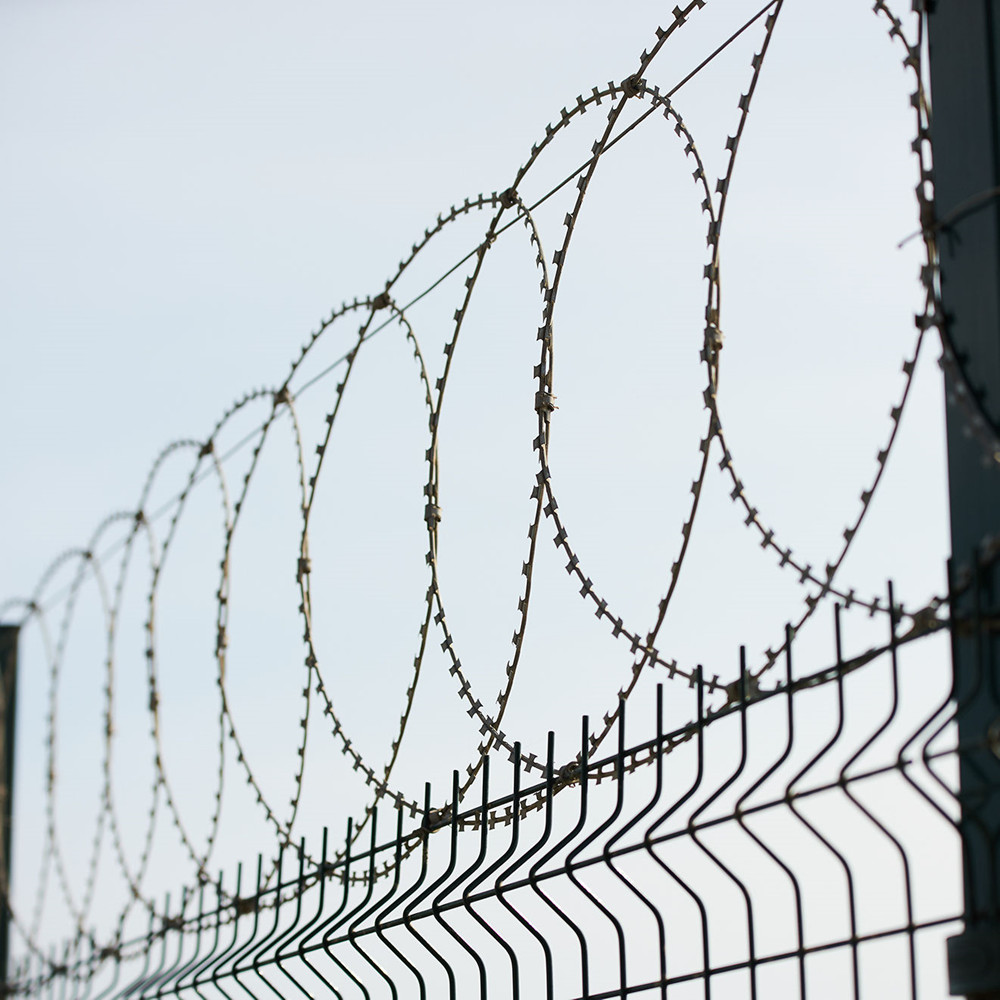Oct . 21, 2024 17:33 Back to list
hot dip galvanized wire mesh manufacturers
Understanding Hot Dip Galvanized Wire Mesh A Comprehensive Guide for Manufacturers
Hot dip galvanized wire mesh has become a staple in various industries due to its impressive durability and resistance to corrosion. This type of wire mesh is created through a process where steel wire is coated in molten zinc, creating a protective layer that enhances its longevity. In this article, we will explore the manufacturing process, applications, and advantages of hot dip galvanized wire mesh, providing valuable insights for both manufacturers and end-users.
Manufacturing Process
The production of hot dip galvanized wire mesh involves several critical steps. First, high-quality steel wire is drawn to the desired gauge. The wire must undergo thorough cleaning to remove any oils, dirt, or contaminants that could interfere with the galvanizing process. This preparation step is crucial, as it ensures a strong bond between the zinc coating and the wire.
Once cleaned, the wire is passed through a molten zinc bath. The temperature of the zinc bath is typically around 450°C. During this immersion, the zinc chemically reacts with the iron in the steel wire, forming a series of zinc-iron alloy layers along with a pure zinc layer. The wire is then taken out of the bath and cooled, allowing the zinc to solidify and adhere firmly.
Following the galvanizing process, the galvanized wire is woven into mesh or fabricated into specific shapes and sizes according to customer requirements. Manufacturers can produce various mesh types, including welded mesh, woven wire mesh, and expanded metal mesh, catering to diverse applications.
Applications
Hot dip galvanized wire mesh has a wide array of applications across multiple sectors. In construction, it is used for concrete reinforcement, helping to improve structural integrity. In agriculture, it serves as animal enclosures, fencing, and crop protection, ensuring durability against environmental factors. The construction industry also employs it in road and highway applications, providing safety barriers and protection against debris.
hot dip galvanized wire mesh manufacturers

Furthermore, it is utilized in industrial settings for filtration, containment, and various security applications. The high corrosion resistance and strength of hot dip galvanized wire mesh make it ideal for outdoor use, where exposure to moisture and harsh weather conditions is a concern.
Advantages
The advantages of hot dip galvanized wire mesh are numerous, making it an excellent choice for manufacturers and users alike. One of the most significant benefits is its exceptional resistance to corrosion. The zinc coating provides long-lasting protection against rust, which is particularly important in outdoor environments.
Another advantage is the longevity of the product. Hot dip galvanized wire mesh can last for decades with proper care, making it a cost-effective investment. Additionally, it requires minimal maintenance, further reducing lifecycle costs for businesses.
The versatile nature of hot dip galvanized wire mesh allows manufacturers to customize products to meet specific needs, whether it is for strength, flexibility, or aesthetic appeal. This flexibility plays a crucial role in catering to the diverse needs of various industries.
Conclusion
In summary, hot dip galvanized wire mesh is a vital material that boasts impressive durability and versatility. Manufacturers must adhere to stringent quality standards throughout the production process to ensure optimal performance. Understanding its applications and advantages will help industries leverage the full potential of this remarkable product, ultimately enhancing their operations and service offerings. Whether you are a manufacturer or an end-user, hot dip galvanized wire mesh promises to be a reliable solution for a wide range of applications.
-
Hop Dipped Galvanized/PVC Coated Temporary Fence - Anping County Xingzhi Metal Wiremesh Products Co., Ltd.|Temporary Fencing Solutions, Durable Security Products
NewsJul.30,2025
-
Hop Dipped Galvanized/PVC Coated Temporary Fence-Anping Xingzhi|Durability&Cost-Effective
NewsJul.30,2025
-
Hop-Dipped Galvanized PVC Fence - Anping Xingzhi | Durable, Quick Deployment
NewsJul.30,2025
-
Hop Dipped Galvanized/PVC Coated Temporary Fence - Anping County Xingzhi|Temporary Fencing, Durable Security, Customization
NewsJul.30,2025
-
Hop Dipped Galvanized PVC Coated Temporary Fences - Anping County Xingzhi|Durable Corrosion Resistance, Quick Installation
NewsJul.30,2025
-
Hop Dipped Galvanized / PVC Coated Temporary Fence - Anping County Xingzhi Metal Wiremesh Products Co., Ltd|Durable Temporary Fencing&Versatile Applications
NewsJul.30,2025



